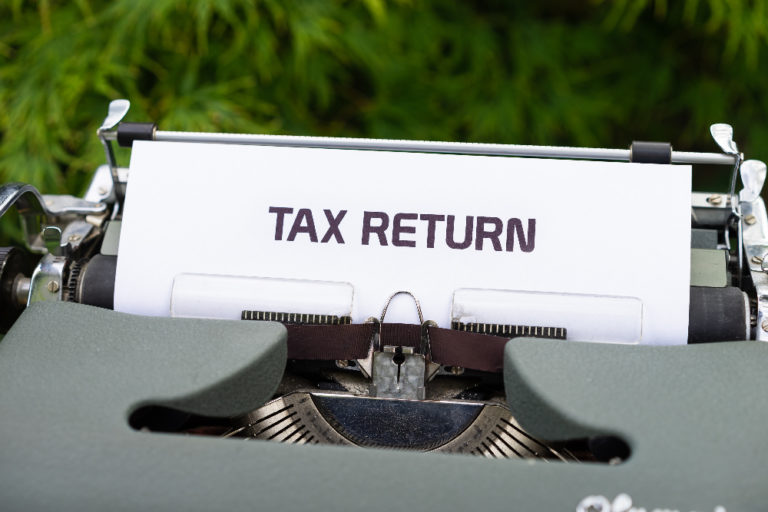The Winter Economy Plan winners and losers
As I said in the business segment of Times Radio earlier this week (I come in around the final quarter), given tighter restrictions, and the end of the furlough scheme, the current situation will become untenable for many people without additional financial support.
The government needs to do something, but is the Winter Economy Plan doing enough?
Here’s a look at the key points:
Job Support Scheme (JSS)
With the furlough scheme wrapping up at the end of October, the Chancellor is introducing the Job Support Scheme (JSS) in its place from 1 November.
Under the JSS, employees who are working at least a third of their usual hours will receive full pay for any hours worked. For the remaining unworked hours, they will receive a top up from the government and their employers, which means they should receive at least 77% of their usual salary.
Employers and the government will each contribute a third towards this unworked portion, with the latter’s contribution capped at £697.92 per month.
The scheme is open to all Small and Medium-Sized Enterprises (SMEs), and large firms that can show that they’ve been adversely affected by Covid-19. The latter must promise not to hand out any dividends while they use the scheme.
The catch:
It’s hailed as the new furlough, but it’s really not.
The keyword for the scheme is “viable” – the government will only be offering additional support to businesses where employees have returned to work at least part time, which means those that remain closed, such as theatres and nightclubs, won’t see the benefits of this scheme at all.
But even for eligible workers, it’s hard to see the silver lining.
The scheme relies on responsible employers who are trying to save as many jobs as possible and pay fairly at the same time – as businesses have to pay 55% of a worker’s salary even though they are only working 33% of the time – which realistically isn’t anywhere near universal.
It would be much cheaper for employers not to join the scheme and simply move their employees onto part-time hours – that way, they’d only have to pay for the hours actually worked.
Higher earners will lose out too, given the government’s cap.
SEISS and tax repayment extension
Despite previous announcements to the contrary, the Self-Employment Income Support Scheme (SEISS) has been extended a further six months, from November 2020 to April 2021, but it’s been greatly reduced.
Under the original scheme, the first grant was worth 80% of three months of average trading profits, up to £7,500. The second grant, capped at £6,570, was worth 70% of three months of average trading profits.
The SEISS extension has been similarly split into two portions, with the first running from November 2020 until January 2021. During this quarter, you’ll only receive 20% of three months of average trading profits, up to £1,875. The government has yet to decide how much recipients will get for the second quarter, running from February 2021 to April 2021, although it’s not hard to imagine it may well be less.
Those who fill in their tax returns via the Self-Assessment system, which includes self-employed workers, have also been given the option to spread out their payments. Essentially, taxes that were due in July 2020 won’t have to be paid in full until January 2022. This is at least something.
The catch:
As well as being vastly reduced, the SEISS extension is only available to “self-employed individuals who are currently eligible for the SEISS and are actively continuing to trade but are facing reduced demand due to Covid-19.”
Essentially, if you missed out on the first round, you’ve been screwed again. And there were around 3 million people who missed out the last time round.
And while the extension will offer some respite for some self-employed workers, given how much it’s been reduced, the winter months will remain a huge challenge, especially for those whose trade is seasonal.
VAT cut extended
The VAT cut, first announced as part of “A Plan for Jobs”, has been extended to 31 March 2021 for some hospitality and tourism businesses.
For consumers, the change has probably been negligible because not all businesses have passed on the savings. And unlike essentials such as, say, toilet roll, prices in the hospitality and tourism sectors tend to fluctuate a lot anyway.
But for businesses in those sectors, it means a welcome income boost – as long as there are still enough people spending.
It’s still slim margins though – at 20% VAT, businesses get just £8.33 of every £10 spent, but at 5% VAT, businesses will receive £9.52.
All businesses (not just those in hospitality or tourism) that have deferred VAT payments due in March to June 2020 also have the option to spread their payments over the financial year 2021-2022. It’s not a lot, but it is valuable breathing space for some businesses.
The catch:
The focus is very much on domestic tourism – the VAT cut for tourist businesses only applies for accommodation and attractions providers.
For outbound travel businesses, such as airlines and many travel agents and tour operators, there is no additional support beyond what is available to all industries, despite the fact that it’s a sector that’s suffering more than most.
As for hospitality businesses, given the 10pm curfew and the additional capacity restrictions, it’s hard to see the loss being offset by a reduction in VAT.
Without more support, many of these businesses will fail and millions of jobs are at stake.
Finance scheme extensions
The government is extending the application deadlines for four different loan schemes to 30 November 2020 for new applicants.
It means that those who haven’t already are able to apply to either the Bounce Back Loan Scheme (BBLS), the Coronavirus Business Interruption Loan Scheme (CBILS), the Coronavirus Large Business Interruption Loan Scheme (CLBILS) or the Future Fund depending on their situation. BBLS and CBILS can also be set up so that repayment is spread over 10 years.
The terms vary, but essentially it makes it easier, and in some cases cheaper, for businesses to borrow in the current climate.
This extension perhaps gives the clearest indicator of what the government is trying to achieve with the Winter Economy Plan: incentivising businesses to help themselves.
The catch:
Obviously these are loans – they need to be paid back at some point and with interest. For some businesses it will be a helpful bridging tool to support them until profits return, but for others it could prove to be another burden down the line.
It’s not hard to imagine either that for some businesses, cost cutting exercises will form part of the loan application process, which means more job losses.
Some last thoughts…
The Winter Economy Plan is filled with flaws and for many it will have fallen short of expectations. I don’t want to knock it too much, though, because it’s better than nothing and, sadly, it’s better than what most other governments are providing for their businesses and citizens.
Like A Plan for Jobs, it’s hard to gauge precisely how much money the government is putting into the economy to support businesses and preserve jobs.
In the final section of the Winter Economy Plan for example (not discussed above), there’s a section on support for public services shoehorned in. It talks about the additional support provided for the NHS, but only in the context of what has already been approved and not what they have planned for the future.
Given the current levels of public sector borrowing (see below), there’s limited scope for the government to extend support more widely right now. Of course, arguably the government could and should have been more prudent in its other recent expenditures.
What is clear is this: the safety net has been withdrawn. Businesses have largely been left to fend for themselves, albeit with a thin margin of cushioning, so only the strongest and most agile will survive. And for individuals, there’s Universal Credit.
The only silver lining is that to put all of these promises into practice, the government may well be heading into a hiring spree…







